
Must-Read Machine Learning Books for 2020 (…so far)
Curious about Machine Learning and its many applications? Artificial intelligence and machine learning are among the most significant technological developments in recent history. Especially ML has become one of the hottest domains of Computer Science. Each large company is either applying Machine Learning or thinking about doing so in order to improve users’ experience, solve pain-points or garner insights from their data sets. That means it’s time to learn about Machine Learning. A great way to do that is to read a couple of books.
#1 Deep Learning
by Ian Goodfellow, Yoshua Bengio & Aaron Courville
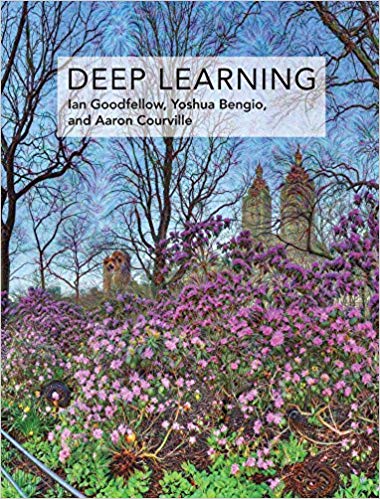
An introduction to a broad range of topics in deep learning, covering mathematical and conceptual background, deep learning techniques used in industry, and research perspectives.
“Written by three experts in the field, Deep Learning is the only comprehensive book on the subject”— Elon Musk, cochair of OpenAI; cofounder and CEO of Tesla and SpaceX
#2 Pattern Recognition and Machine Learning
by Christopher M. Bishop
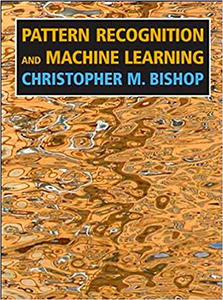
This completely new textbook reflects recent developments while providing a comprehensive introduction to the fields of pattern recognition and machine learning. It is aimed at advanced undergraduates or first-year Ph.D. students, as well as researchers and practitioners.
No previous knowledge of pattern recognition or machine learning concepts is assumed. Familiarity with multivariate calculus and basic linear algebra is required, and some experience in the use of probabilities would be helpful though not essential as the book includes a self-contained introduction to basic probability theory. Read more here
#3 Machine Learning: A Probabilistic Perspective
by Kevin P. Murphy

This textbook offers a comprehensive and self-contained introduction to the field of machine learning, based on a unified, probabilistic approach. The coverage combines breadth and depth, offering necessary background material on such topics as probability, optimization, and linear algebra as well as discussion of recent developments in the field, including conditional random fields, L1 regularization, and deep learning.
“This is an excellent textbook on machine learning, covering a number of very important topics. The depth and breadth of coverage of probabilistic approaches to machine learning are impressive. Having Matlab code for all the figures is excellent. I highly recommend this book!”— Prof. Zoubin Ghahramani, U. Cambridge
The book is written in an informal, accessible style, complete with pseudo-code for the most important algorithms. Rather than providing a cookbook of different heuristic methods, the book stresses a principled model-based approach, often using the language of graphical models to specify models in a concise and intuitive way.
#4 Reinforcement Learning: An Introduction
by Richard S. Sutton & Andrew G. Barto
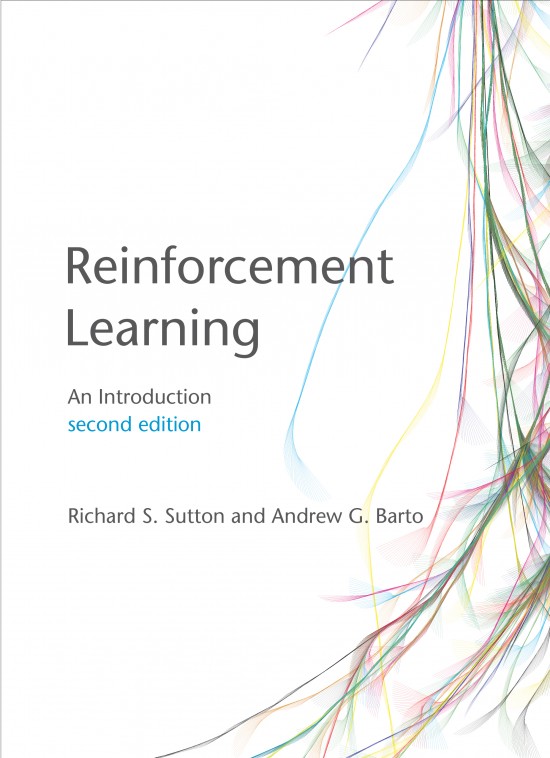
The significantly expanded and updated new edition of a widely used text on reinforcement learning, one of the most active research areas in artificial intelligence.
“The second edition of Reinforcement Learning by Sutton and Barto comes at just the right time. The appetite for reinforcement learning among machine learning researchers has never been stronger, as the field has been moving tremendously in the last twenty years. If you want to fully understand the fundamentals of learning agents, this is the textbook to go to and get started with. It has been extended with modern developments in deep reinforcement learning while extending the scholarly history of the field to modern days. I will certainly recommend it to all my students and the many other graduate students and researchers who want to get the appropriate context behind the current excitement for RL” —Yoshua Bengio, Professor of Computer Science and Operations Research, University of Montreal
#5 Machine Learning in Production
by Andrew Kelleher & Adam Kelleher
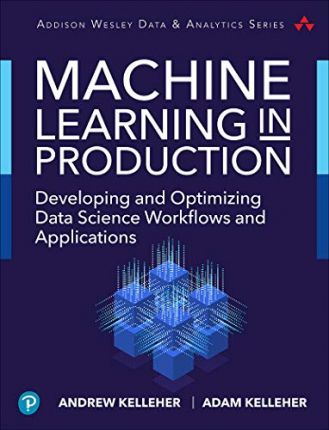
The typical data science task in the industry starts with an “ask” from the business. But few data scientists have been taught what to do with that ask. This book shows them how to assess it in the context of the business’s goals, reframe it to work optimally for both the data scientist and the employer, and then execute on it. Written by two of the experts who’ve achieved breakthrough optimizations at BuzzFeed, it’s packed with real-world examples that take you from start to finish: from asking to actionable insight.
Andrew Kelleher and Adam Kelleher walk you through well-formed, concrete principles for approaching common data science problems, giving you an easy-to-use checklist for effective execution. Using their principles and techniques, you’ll gain a deeper understanding of your data, learn how to analyze noise and confounding variables so they don’t compromise your analysis, and save weeks of iterative improvement by planning your projects more effectively upfront.
#6 The Hundred-Page Machine Learning Book
by Andriy Burkov

All you need to know about Machine Learning in a hundred pages.
It was written by an expert in machine learning holding a Ph.D. in AI with almost two decades of industry experience in computer science and hands-on machine learning. This is a unique book in many aspects. It is the first successful attempt to write an easy to read book on machine learning that isn’t afraid of using math.
A beginner in machine learning will find in this book just enough details to get a comfortable level of understanding of the field and start asking the right questions. Practitioners with experience will use this book as a collection of pointers to the directions of further self-improvement.
The book comes with a wiki that contains pages that extend some book chapters with additional information: Q&A, code snippets, further reading, tools, and other relevant resources. Thanks to the continuously updated wiki this book, like a good wine, keeps getting better after you buy it.
#7 Information Theory, Inference, and Learning Algorithms
by David J.C. MacKay
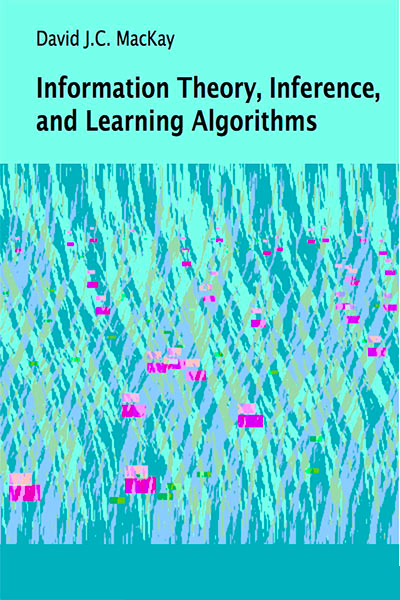
Information theory and inference taught together in this exciting textbook, lie at the heart of many important areas of modern technology – communication, signal processing, data mining, machine learning, pattern recognition, computational neuroscience, bioinformatics, and cryptography. The book introduces theory in tandem with applications. Uniquely, the book covers state-of-the-art error-correcting codes, including low-density-parity-check codes, turbo codes, and digital fountain codes – the twenty-first-century standards for satellite communications, disk drives, and data broadcast.
“An instant classic, covering everything from Shannon’s fundamental theorems to the postmodern theory of LDPC codes. You’ll want two copies of this astonishing book, one for the office and one for the fireside at home”— Bob McEliece, California Institute of Technology
Richly illustrated, filled with worked examples and over 400 exercises, some with detailed solutions, the book is ideal for self-learning, and for undergraduate or graduate courses. It also provides an unparalleled entry point for professionals in areas as diverse as computational biology, financial engineering, and machine learning.
#8 Neural Networks and Deep Learning
by Michael Nielsen
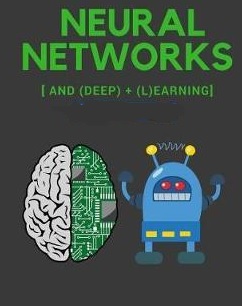
Neural networks are one of the most beautiful programming paradigms ever invented. In the conventional approach to programming, we tell the computer what to do, breaking big problems up into many small, precisely defined tasks that the computer can easily perform. By contrast, in a neural network, we don’t tell the computer how to solve our problem. Instead, it learns from observational data, figuring out its own solution to the problem at hand.
The purpose of this book is to help you master the core concepts of neural networks, including modern techniques for deep learning. After working through the book you will have written code that uses neural networks and deep learning to solve complex pattern recognition problems. And you will have a foundation to use neural networks and deep learning to attack problems of your own devising. Read more here
#9 Deep Learning Illustrated: A Visual, Interactive Guide to Artificial Intelligence
by Jon Krohn, and Grant Beyleveld with Aglaé Bassens

World-class instructor and practitioner Jon Krohn—with visionary content from Grant Beyleveld and beautiful illustrations by Aglaé Bassens—presents straightforward analogies to explain what deep learning is, why it has become so popular, and how it relates to other machine learning approaches
You’ll gain a pragmatic understanding of all major deep learning approaches and their uses in applications ranging from machine vision and natural language processing to image generation and game-playing algorithms.


